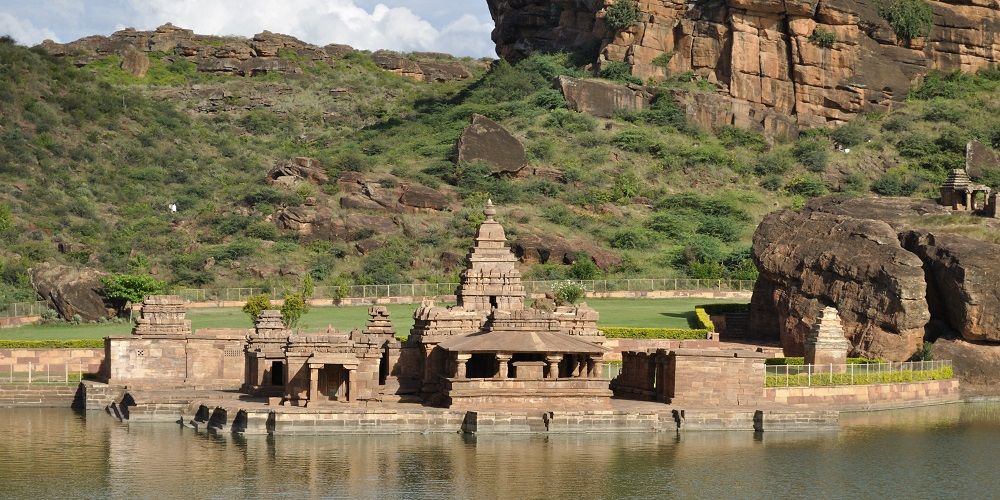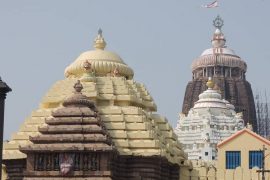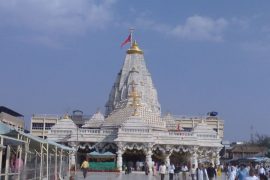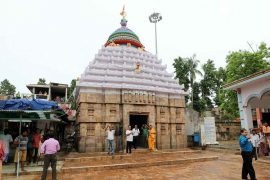India is a country that is full of surprises and mysteries. It almost feels like India has treasure chests scattered in all of its states, and it wants us travellers to go and open it.
One such wonderful treasure chest that India has is the Badami Caves. Located in Karnataka, the Badami caves are an absolute wonder in the Indian travel circle. These caves are visited frequently owing to their history and mystery.
Before this, I had visited the Badami caves and was baffled. The wonderful carvings on the walls of the caves and the eerie atmosphere of the cave truly made me feel like Indiana Jones. On the walls of the caves, you will especially find carvings depicting mainly Lord Vishnu, Lord Shiva, and Lord Hanuman among many others.
However, this time my Badami Tour took me to a different aspect of the area. This time I decided to visit the famous Bhutantha group of temples. Here is exactly how my trip to these fantastic temples went:
The Journey Bhutanatha Temple
The Bhutanatha group of temples are located right across the banks of the serene Agasthya Lake. The lake itself looks so divine amid the otherwise dry and rustic surroundings.
As I neared the lake I could see the two temples glaring bak at me. At the first glance the temples look simple and humble sandstone monuments. While there is nothing strikingly beautiful about the exterior, the temples did have a weird effect on me. I wanted to jump out of my car, cross the lake and reach the temple.
The History of Bhutanatha Temple
When you are near the Badami Caves you will be able to see two temples. These two are the main temples that make up the Bhutanatha Temple complex. However, if you do want to really explore you will find many more smaller shrines along the way.
The history of the other smaller shrines is something I haven’t been privy of yet, however, I did gather a little about the two main temples.
In the 5th century, the lake was formed. This was much before the temple came into existence. The locals say that the lake has magical powers that can heal anyone who dips into it.
The Bhutanatha temple dates back to the 7th Century. The Badami Chalukyas were the rulers at that time. The architecture is a great reflection of the art and culture of this times. The striking difference in architectural styles int he two eras is visible to everyone and a great way of studying the differences in art and culture in between the two dynasties.
The Main Temple – Bhutanatha
I walked on the banks of the wonderful Agasthya Lake. There is something so serene and divine about the lake. It does feel calm to even look at it. Finally after a short walk I reached the main temple.
The Bhutanatha Temple is a confluence of the northern and southern style of architecture when it comes to the roof. Yet, the rest of the temple sports a more Deccan style.
The measuring sandstone gives it a rather rustic look, and for some reason when you come close you start to feel the power of the temple more and more.
As I walked towards the inner shrine, I found some amazing carvings along the door frame. These carvings intricately depicted Goddess Ganga on her crocodile and Goddess Yamuna on her tortoise. There was so many minute details in those carvings that you can almost make out the facial expressions of the two Goddesses.
Lord Shiva in the president deity in this temple.
As I entered the inner shrine or the inner hall I was stunned by the beauty and divinity of it. The ceiling had one of the most detailed ad stunning Lotus carving, and the entire hall reverberated of positivity and tranquility. The inner shrine dates back to the 7th Century. It is older than the rest of the temple
There are some lovely windows in the hall that gently allows the sunshine to come in. The sunshine falls softly onto every part of the hall and lights it up in the most mesmerising way. It feels that even the sun rays are coming inside the shrine to seek the blessings of the Lord.
The original Shiva Lingam was removed from the sanctum and a new one is now placed there. Till date no one knows why the original idol was removed.
After bowing my head and seeking blessings of the deity I headed out to visit the second temple in Bhutanatha Temple Trail.
The Second Temple
The second temple is the Malikarjuna Temple. It is built in the South Indian style of architecture.
I looked at the temple, and realised that there isn’t just one but many tiny shrines with conical shaped roofs that have made this temple up.
As I went inside the temple, I realised how modest and humble it was. It didn’t have ornate pillars or walls adorned with carvings that will take your breath away. But, in its modesty there was a certain charm. As I walked through the temple, I felt like the walls were calling out to me.
You will find intricate carvings and floral designs etched on the door frame of the Malikarjuna Temple. Both of the temples have unique door frames.
Mysteries Galore
After finishing my tour of the two Bhuatnatha Temple I decided to walk a bit more. I came across a huge boulder and curiosity got the best of me. From afar I could see a little temple perched atop the boulder and I knew I just had to check it out.
As I inched closer to the boulder I saw several sculptures of Brahma, Vishnu and Shiva- the hoy trinity. There were also sculptures of Goddess Durga and Lord Ganesha. I tried deciphering as to how these sculptures came here, but my mind drew a blank. There are many more such boulders that I came across each filled with carvings and sculptures- but no answers.
After a long walk, I finally reached the top of the Sandstone hill and found a little Vishnu Temple. While the temple was pretty small, I still sat there and prayed. There was something so humbling and calming to just sit there alone and pray. I really enjoyed that experience.





Comments are closed.